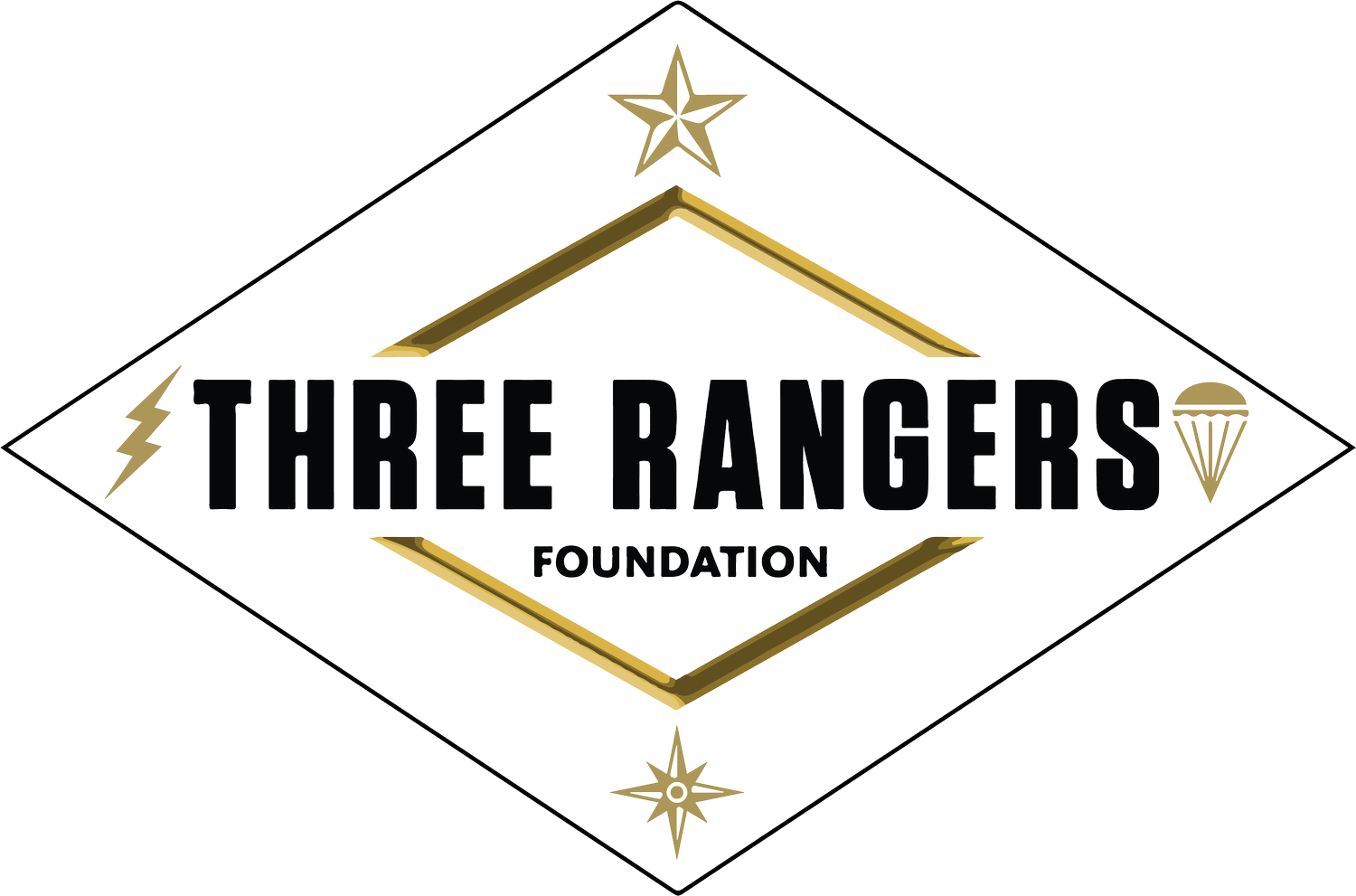WINNING, SUCCESS, AND TRANSFORMING ORGANIZATIONS
If an organization is not changing, it’s falling behind. All organizations should be transforming constantly. You must start with defining what is winning in objective measurable terms. Time and concerted effort must be made by leaders to make sure every level and part of the organization understands what winning/success means to them. That is where most organizations fail. Consistent communication by leaders two levels down is critical for the culture change to occur.
Processes must be put in place to achieve winning. Processes (controlling resources, time, evaluations, communications forums) force people/organizations to act in a manner desired. They ensure that people changes don’t change the definition of winning/success. Culture is a result of tangible and intangible processes that reward the desired behavior to achieve individual and organizational success. Ultimately, it’s peer vs leader pressure that ensures culture change is sustainable.
Vision is where an organization is going and what it wants to be. The vision must be able to have objective measurements to support it.
Values are what an organization is and how it acts. It's what it is willing to do, tolerate, and not willing to do to achieve success.
People must either be able to adjust, or you need different people. No organization is successful because they have the best people, they are successful because they have the right people in the right jobs based on demonstrated competence and most importantly potential. Most organizations put people in place based on performance, not potential. These organizations do not grow. It’s culture that makes great organizations.
Transparent, disciplined communication forums ensure bottom-up feedback required for organizations to rapidly change. Leaders must demonstrate they listen.
How do you build this team?
Figure out what you are really looking for in your team. Write it down. Don’t compromise.
You are looking for them, not them for you.
Do not want clones of you.
Freethinkers, but disciplined with every decision based on greater good and strategic implications. No instant gratification folks.
People who can handle situations with no right answers.
No artificial (individual) standards.
People built for the long run, not sprinters. Potential.
Attrition up front. It’s always about risk with hiring people. Figure out how to reduce it, but don’t think you can eliminate it.
If you want people to get better, be honest and upfront with them consistently.
It’s culture that makes great organizations. People must fit the culture. People adapt to good environments.
Invest in training up front. Invest in training based on potential, not performance.
Encourage and support decision-making at the right level (not always the lowest). As a leader, take responsibility for everything that goes wrong and give credit to others for everything that goes right.
You can teach culture; you can teach technical and physical skills.
Continual formal evaluation and feedback using informal and formal methods.
